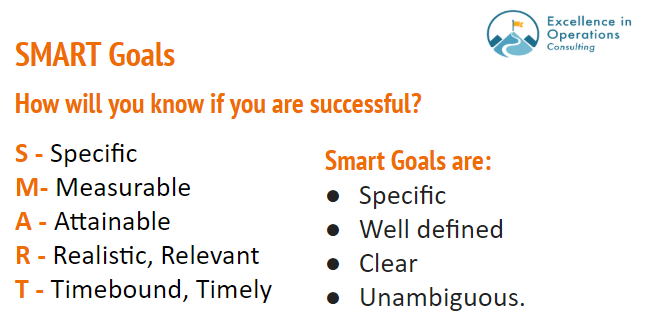While alignment between an organization’s top goals and all the activities going on may sound like something that happens naturally, it actually may require significant efforts on the part of the leadership team to achieve. The new goal may not completely match the direction of the past. Without clear communication to the team, each member will likely carry on as they have in the past - which might be counterproductive to getting to that new goal.
Mission
Everyone should have clear idea of the organization’s mission. The mission answers these questions:
Why does the organization exist?
Who does it serve?
The mission generally doesn’t change too much from year to year. If it does, there needs to be clear and frequent communication to employees to help them understand the ways in which the company’s mission has changed.
Values
Closely related to the mission, the values set the guardrails about what the organization supports and how it operates:
What does the organization believe in?
How does everyone work with each other?
The values form the framework of how and when people communicate and how they collaborate and settle differences between each other.
Vision
Unlike the mission, the vision may change from year to year as the organization responds to the changes of the world outside. The vision states:
How does the organization want to change or grow?
Here’s where misalignment can start - if the vision has changed significantly, but the people within the organization don’t really understand that, they won’t respond accordingly.
Strategy
With an updated vision in hand, strategy outlines what actions the organization will take to realize the vision. It’s still a sketch, but starts to identify WHAT the company will work on
What’s the overall plan of action or change designed to achieve that major or overall aim?
Strategic planning then takes that sketch and cascades it down to the Goals, Initiatives and Projects that will actually accomplish what needs to done.
Strategies are then further developed by creating a series of “SMART” Goals that specifically identify what success will look like:
Then Key Performance Indicators (KPI’s) and Service Level Agreements (SLA’s) are developed to track the progress towards the SMART Goals.
The SMART Goals then inform the start of new initiatives and projects, each of which also develop a series of SMART Goals and KPI’s to track the success of those efforts. In the process, action as well as monitoring plans are developed to make sure progress is happening in the right direction.
By cascading the Vision to Strategy to SMART Company Goals to required Initiatives & Projects, alignment exists from the top organization to its major change activities.
If that same process is used to cascade Company Goals down to the Department and Individual level, that same alignment occurs between the top goals of the organization all the way down to every employee.
Cascading Goals is how Organizational Alignment is created but that is only start. Even with a framework in place, it’s not easy to get and keep everyone aligned… especially if your vision is somehwhat of a moving target! More on that another time…..










